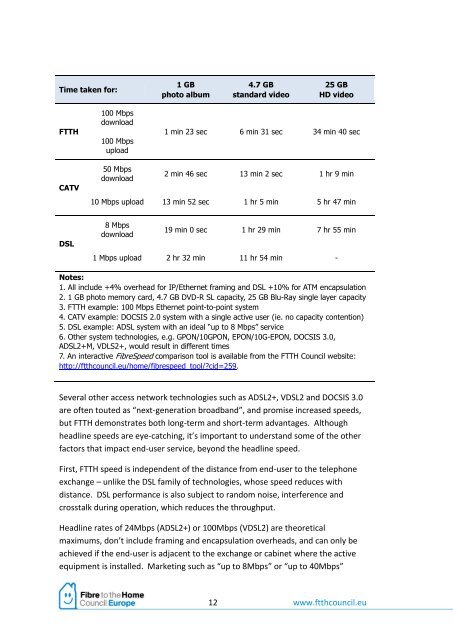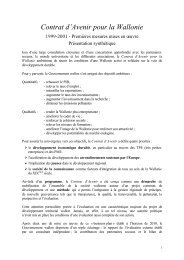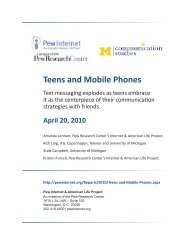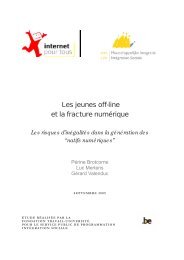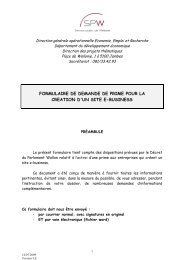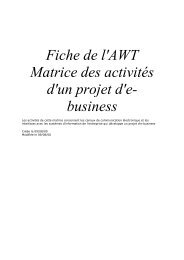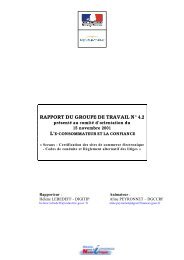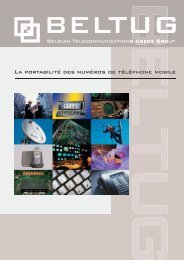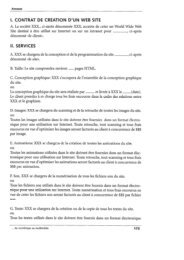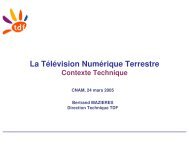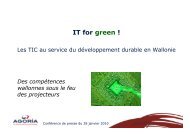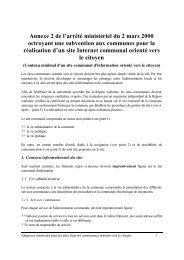You also want an ePaper? Increase the reach of your titles
YUMPU automatically turns print PDFs into web optimized ePapers that Google loves.
Time taken for:<br />
<strong>FTTH</strong><br />
CATV<br />
DSL<br />
100 Mbps<br />
download<br />
100 Mbps<br />
upload<br />
50 Mbps<br />
download<br />
1 GB<br />
photo album<br />
4.7 GB<br />
standard video<br />
25 GB<br />
HD video<br />
1 min 23 sec 6 min 31 sec 34 min 40 sec<br />
2 min 46 sec 13 min 2 sec 1 hr 9 min<br />
10 Mbps upload 13 min 52 sec 1 hr 5 min 5 hr 47 min<br />
8 Mbps<br />
download<br />
19 min 0 sec 1 hr 29 min 7 hr 55 min<br />
1 Mbps upload 2 hr 32 min 11 hr 54 min -<br />
Notes:<br />
1. All include +4% overhead for IP/Ethernet framing and DSL +10% for ATM encapsulation<br />
2. 1 GB photo memory card, 4.7 GB DVD-R SL capacity, 25 GB Blu-Ray single layer capacity<br />
3. <strong>FTTH</strong> example: 100 Mbps Ethernet point-to-point system<br />
4. CATV example: DOCSIS 2.0 system with a single active user (ie. no capacity contention)<br />
5. DSL example: ADSL system with an ideal “up to 8 Mbps” service<br />
6. Other system technologies, e.g. GPON/10GPON, EPON/10G-EPON, DOCSIS 3.0,<br />
ADSL2+M, VDLS2+, would result in different times<br />
7. An interactive FibreSpeed comparison tool is available from the <strong>FTTH</strong> Council website:<br />
http://ftthcouncil.eu/home/fibrespeed_tool/?cid=259.<br />
Several other access network technologies such as ADSL2+, VDSL2 and DOCSIS 3.0<br />
are often touted as “next-generation broadband”, and promise increased speeds,<br />
but <strong>FTTH</strong> demonstrates both long-term and short-term advantages. Although<br />
headline speeds are eye-catching, it’s important to understand some of the other<br />
factors that impact end-user service, <strong>be</strong>yond the headline speed.<br />
First, <strong>FTTH</strong> speed is independent of the distance from end-user to the telephone<br />
exchange – unlike the DSL family of technologies, whose speed reduces with<br />
distance. DSL performance is also subject to random noise, interference and<br />
crosstalk during operation, which reduces the throughput.<br />
Headline rates of 24Mbps (ADSL2+) or 100Mbps (VDSL2) are theoretical<br />
maximums, don’t include framing and encapsulation overheads, and can only <strong>be</strong><br />
achieved if the end-user is adjacent to the exchange or cabinet where the active<br />
equipment is installed. Marketing such as “up to 8Mbps” or “up to 40Mbps”<br />
12 www.ftthcouncil.eu


